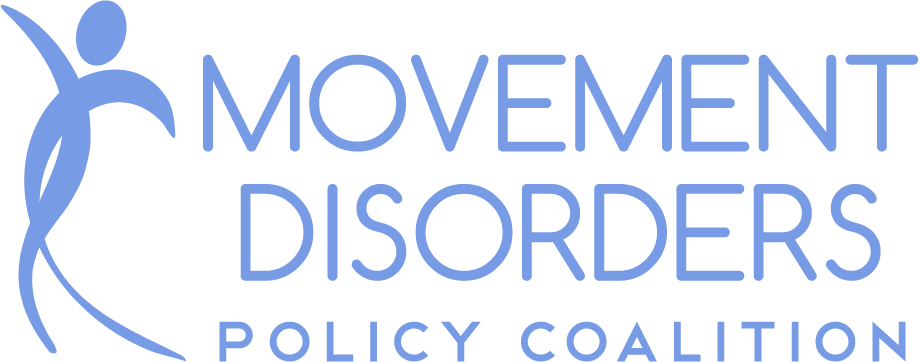Most people have a stereotypical perception of Tourette syndrome. Likely based on a movie or TV show, their vision is of an uncontrollable stream of insults and curse words. On the screen, these symptoms become the joke, the punchline. Yet cliché portrayals of Tourette syndrome are not only oversimplified, but also harmful.
In reality, Tourette is a syndrome with tics and symptoms that vary by patient. In some people, the condition manifests as excessive blinking or facial grimacing. In others, tics may be more complex and involve several muscle groups at the same time, like having a head twist, shoulder shrug and vocalization at the same time.
But the condition involves more than outward tics. Almost 90 percent of people with Tourette syndrome also have at least one comorbid condition, such as ADHD, depression or autism. The co-occurring conditions further complicate health care and, in some cases, social acceptance for people who are already marginalized.
Because the syndrome presents differently from person to person, treatment needs to be individualized. But just as TV and movies take a narrow view of Tourette, many insurance companies also take a one-size-fits-all approach to treatment for people who live with the syndrome.
In particular, insurers often require people with Tourette syndrome to follow step therapy protocols, meaning the patient has to try – and fail – on an insurer-preferred medicine before being allowed to use what their doctor prescribed. This can be especially harmful for people with Tourette for multiple reasons.
1. FDA-approved treatments are limited. Only a couple medications are FDA approved to treat Tourette syndrome, but these drugs don’t address all symptoms. Because of this, doctors often prescribe other medicines off-label in an effort to treat the symptom that is most disruptive to the individual patient. For one person it could be a motor tic; for another, anxiety. It doesn’t make sense for an insurance company to incur the expense of and for a patient to have to try a medication just because it’s FDA approved for Tourette to address a symptom that’s not being experienced.
2. Finding the right treatment is time intensive. Of the 51% of adults and 59% of kids taking medicine for Tourette syndrome, roughly 30 percent have tried five or more medicines. It can take months, even years, for people with Tourette syndrome to figure out which medication, or combination of, is best for them. Often, they endure a frustrating process of trial and error before getting it right. Step therapy can use up more time and exacerbate frustrations if patients are required to re-try a drug they’ve already found ineffective for them.
3. Delay can increase ostracization and risk self-harm. Tourette syndrome tics elicit taunting and social isolation. Delaying or denying access to medication that helps control tics can expose people to criticism that can further damage their self-esteem. A recent impact survey found at least half of adults and one-third of kids with Tourette syndrome have considered suicide or self-harm.
Tourette syndrome is multi-faceted; tics and symptoms can’t easily be teased out and treated in isolation. The whole person must be considered, which is what doctors do for each individual patient.
I can’t imagine the frustration and hurt that people with Tourette syndrome feel when, after enduring a lengthy process to determine their treatment plan, insurance dictates something else for the sake of checking a box. This myopic view impedes individualized care, which could keep people’s condition stable and quality of life consistent.
Our health care system can do better for people with Tourette syndrome. So can society. During Tourette Awareness Month, May 15-June 14, the Tourette Association is working to raise awareness of the syndrome as more than a punchline. Learn more, and take the pledge to help break free the stigmas that surround the disorder.
Amanda Talty is CEO of the Tourette Association of America.
This post is part of IfPA’s “By All Accounts” blog series. Each month, a different guest author – and a different story – adds a new piece to the common narrative of how insurance practices meant to control costs are instead hurting patients.


